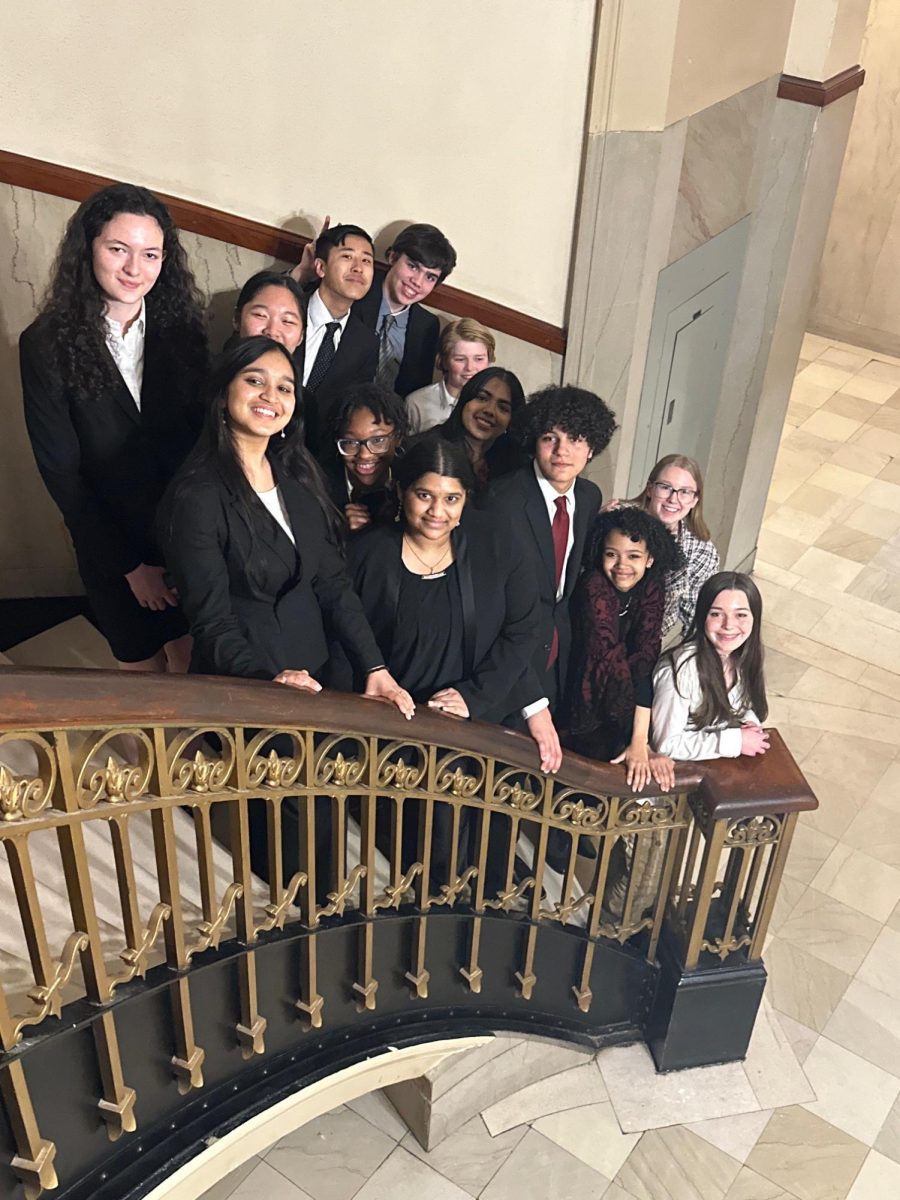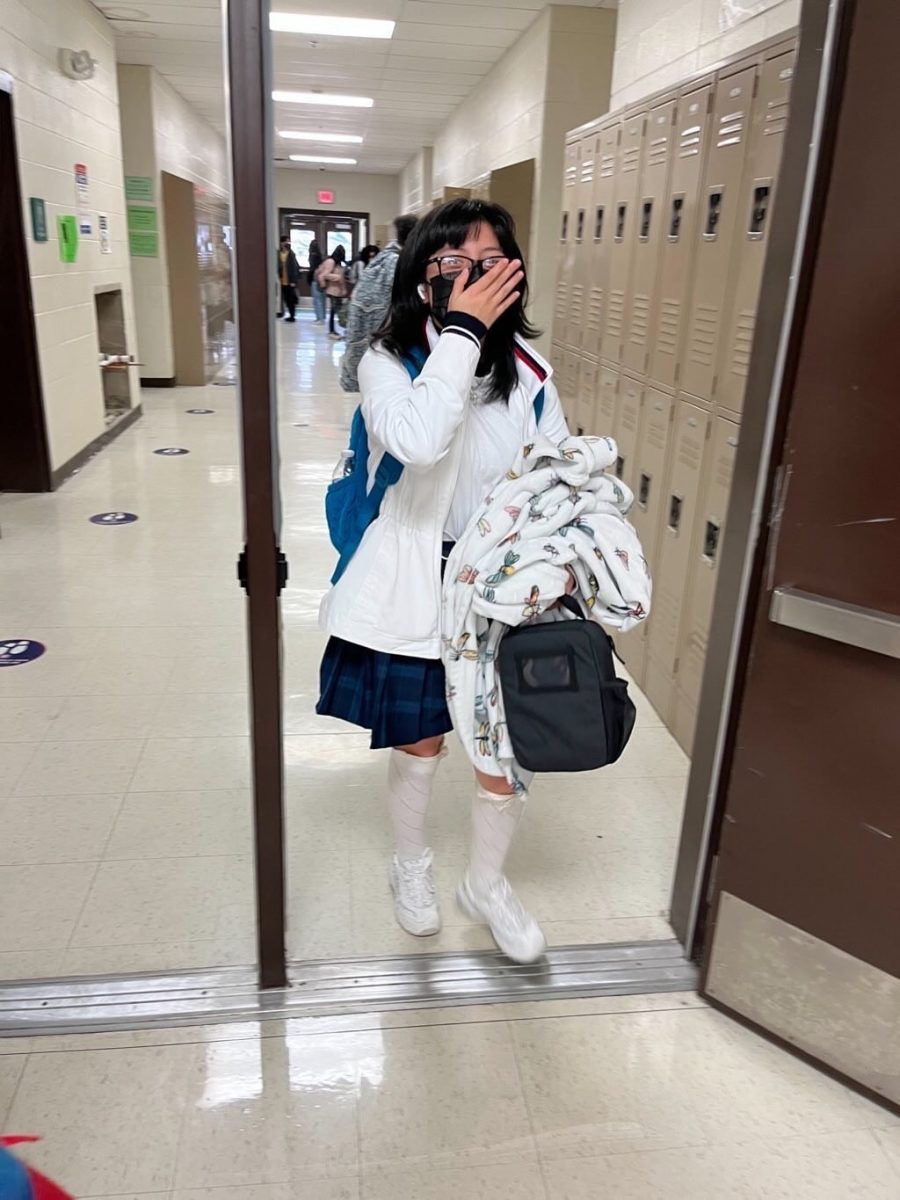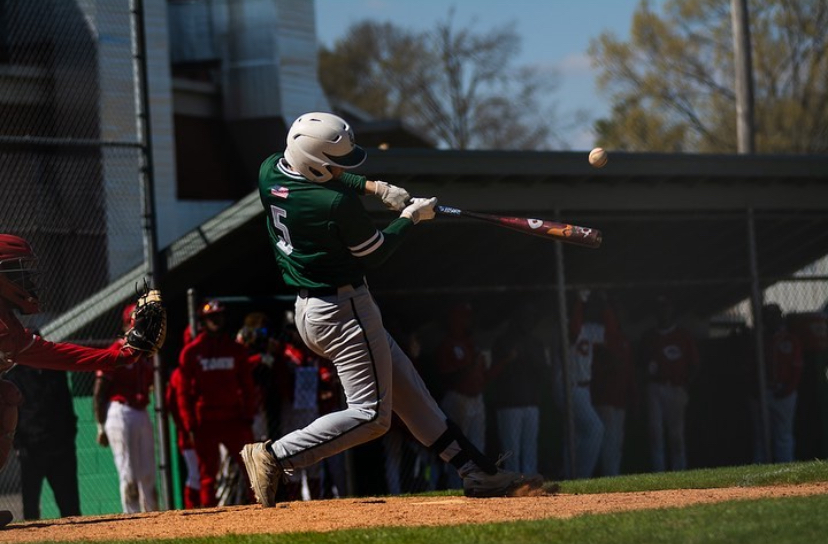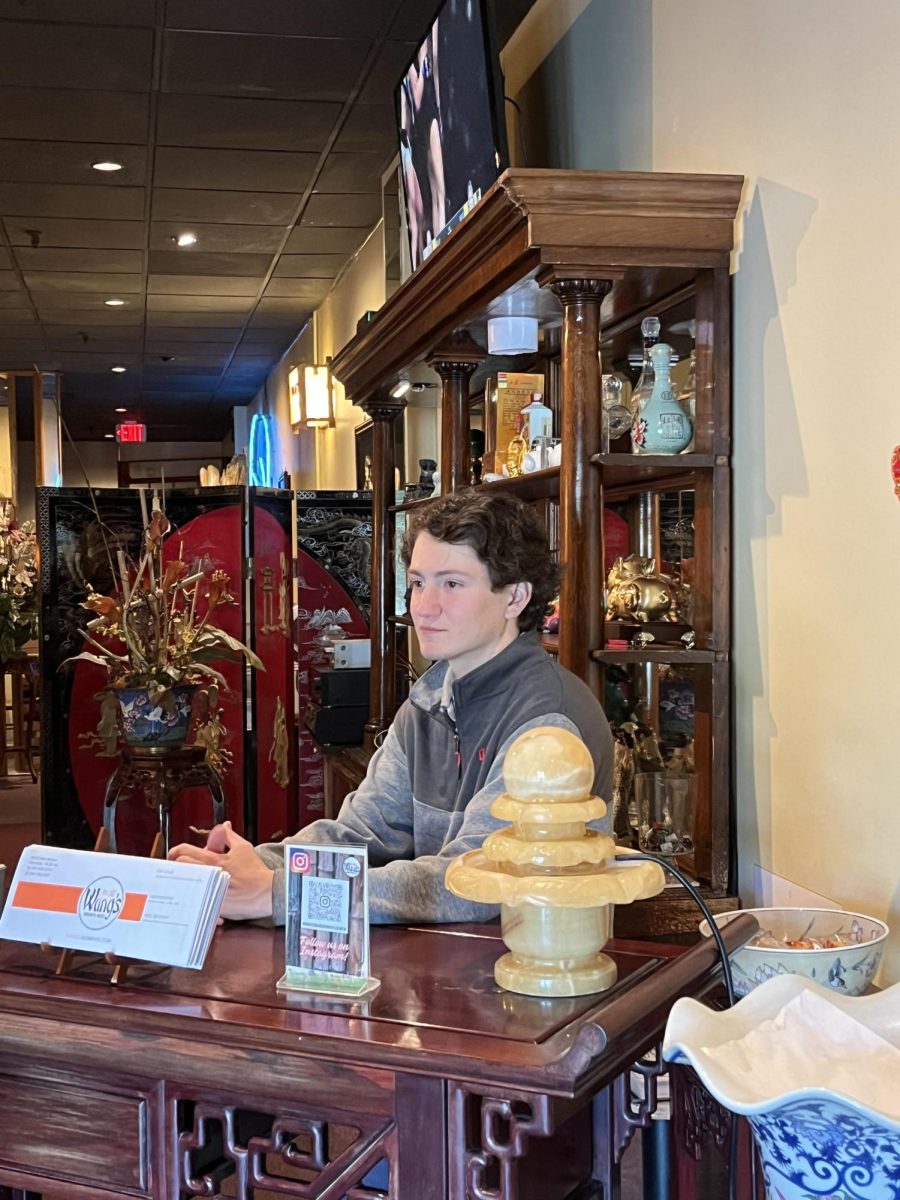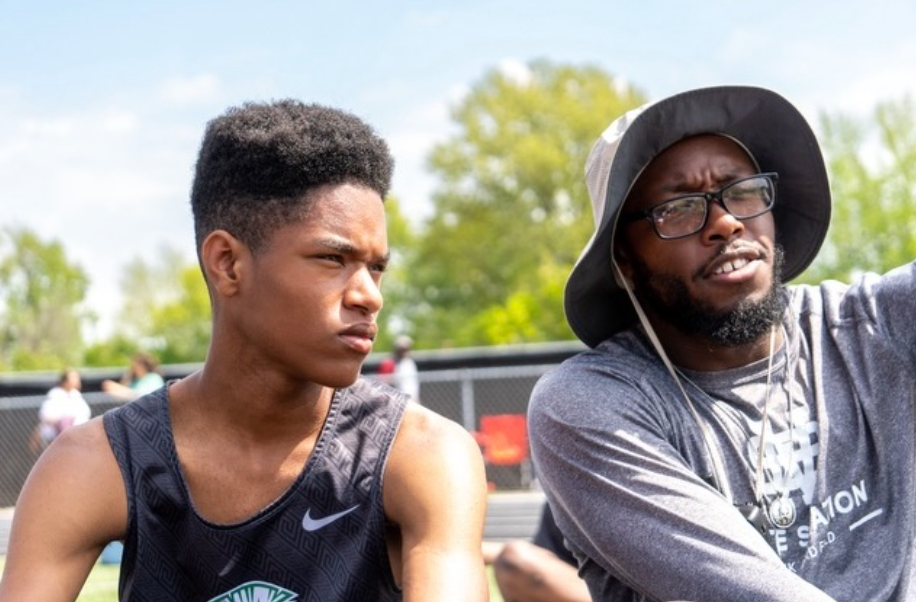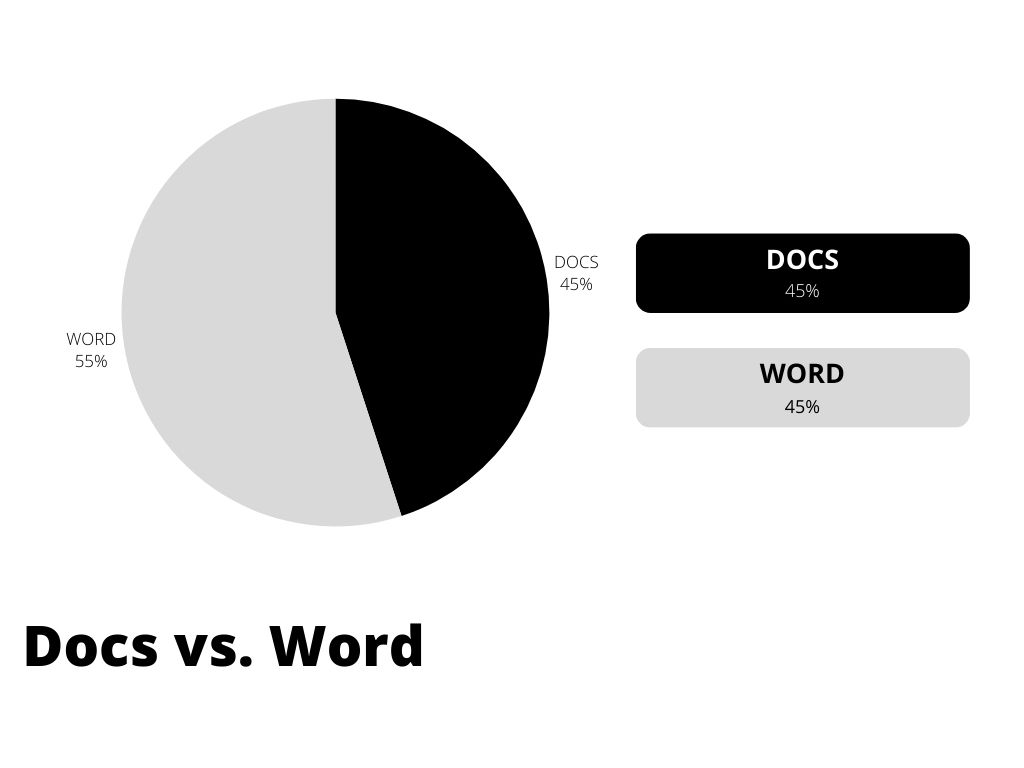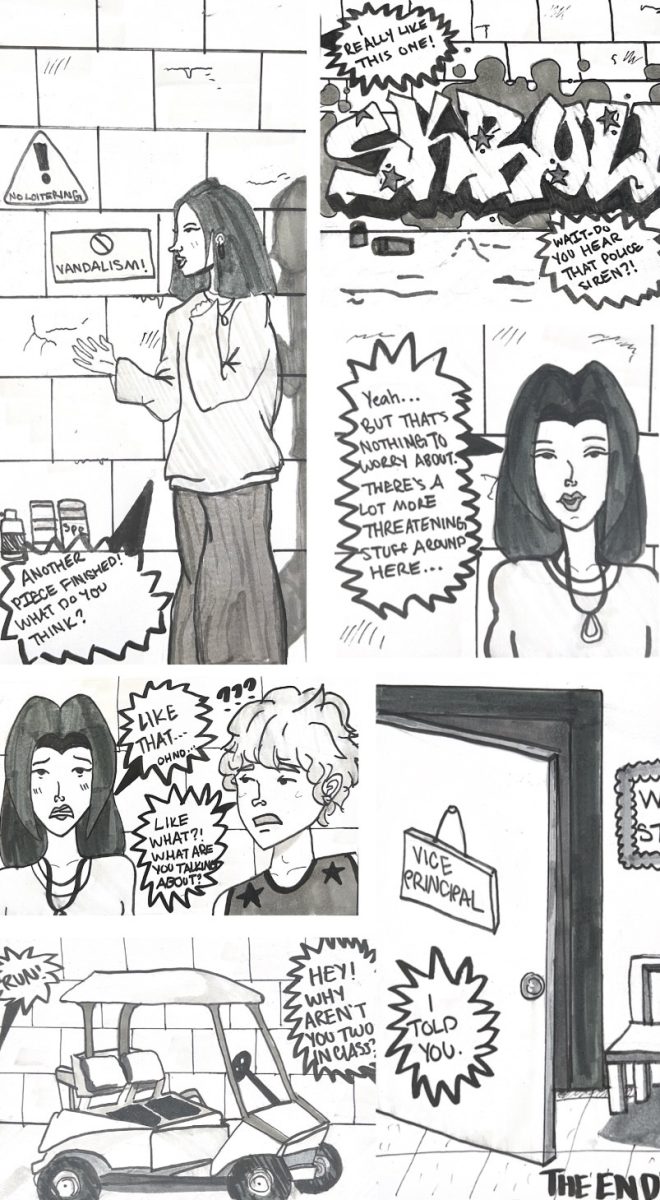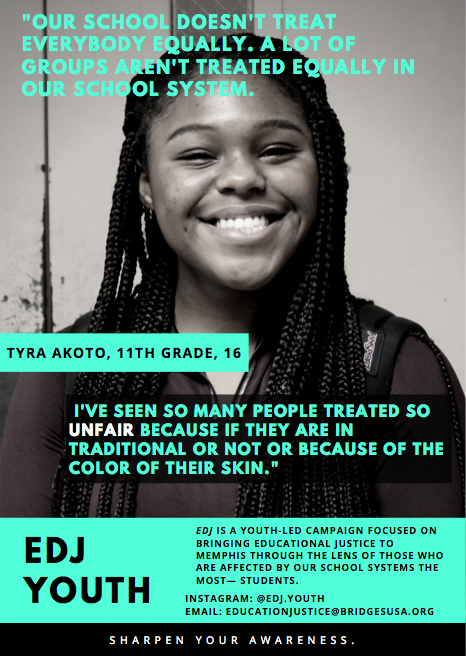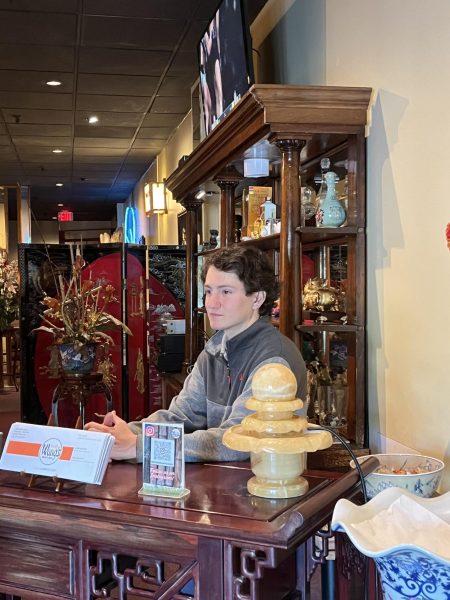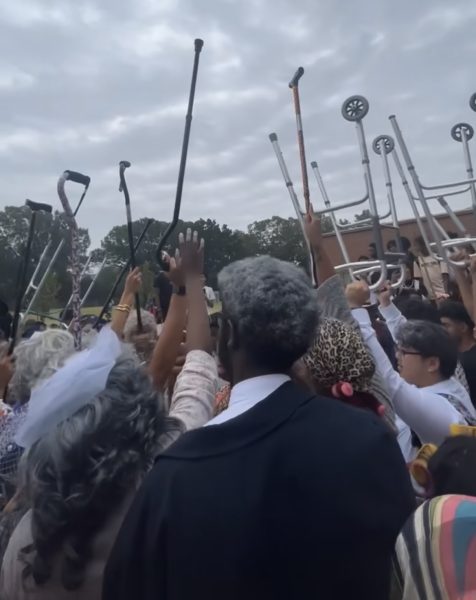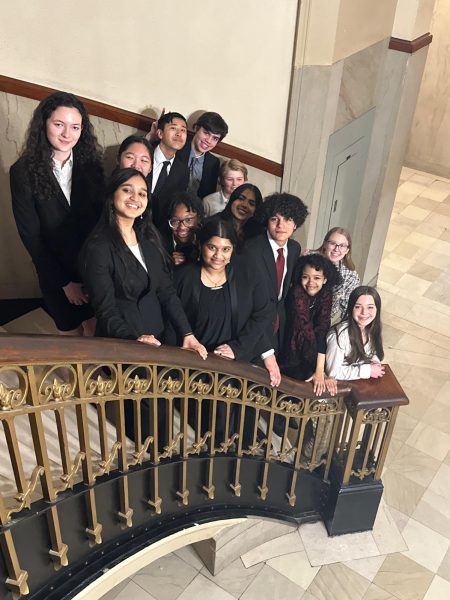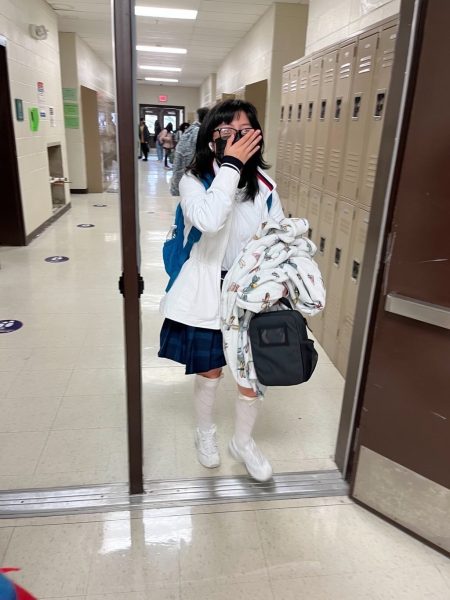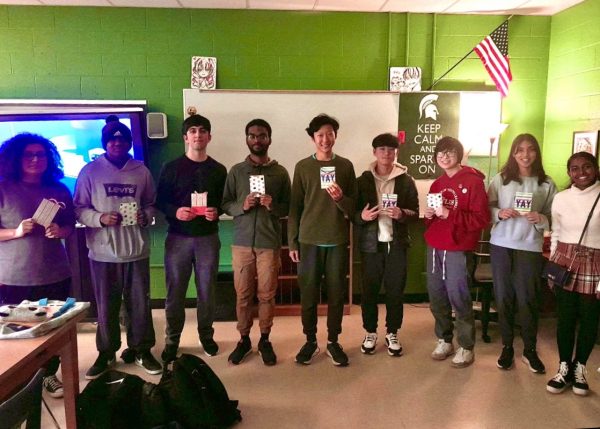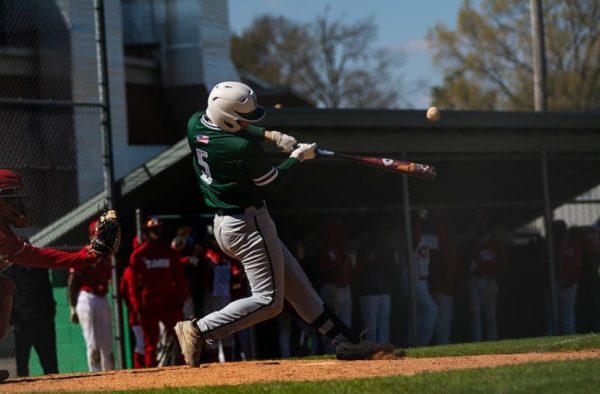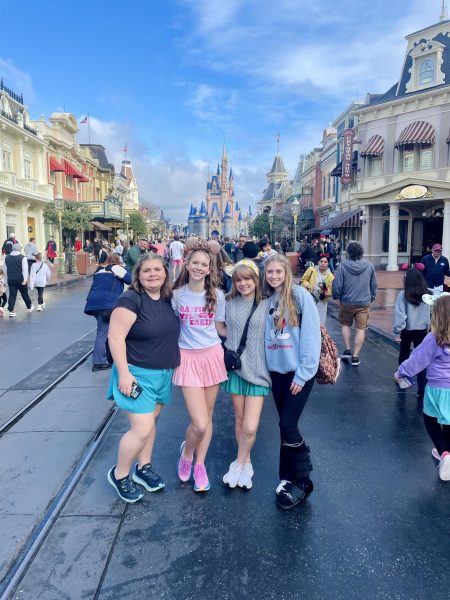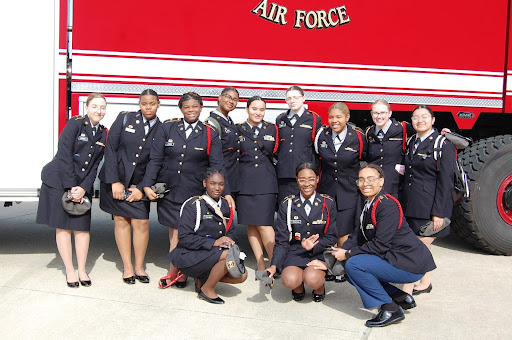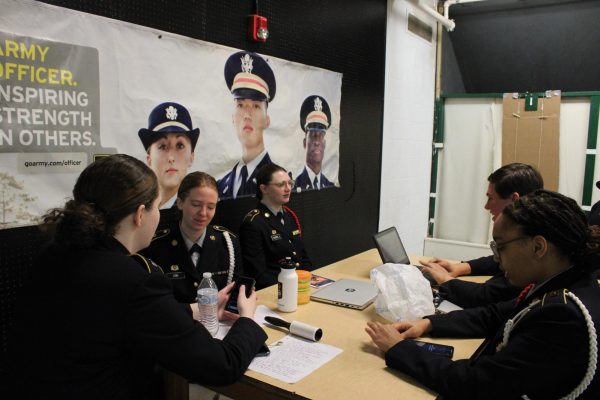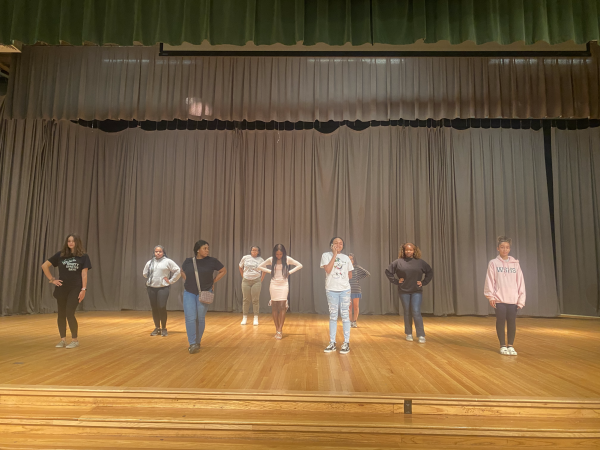Let’s talk about EDJucational inequity
Janiya Douglass (11) frustrated by a large number of classmates facing expulsion and suspension decided that she wanted to take action by creating a new Bridge Builders CHANGE cohort, Educational Justice (EDJ).
“We are a youth-led campaign focused on bringing educational equity to all students in Memphis,” Douglass said.
With the help of her cohort, Janiya has started up a dialogue on educational inequity with just a few posters.
Currently, EDJ is working to address the high rates of suspensions and expulsions of Shelby County students, which is contributing to the school-to-prison pipeline. The school-to-prison pipeline is the association between suspensions/expulsions and ending up in the juvenile justice system. They want to address this conflict by creating a policy to implement restorative justice practices into all Shelby County Schools.
“Restorative justice practices create a positive school culture where students can feel safe and creates an understanding among staff and students,” Douglass said.
Restorative justice practice often includes forms of mediations that create discussion between the authority figure and student, rather than simply disciplining a student by kicking them out of class.
“When you kick someone out you’re taking away things, but when you actually sit down and talk to someone you are restoring them,” Douglass said.
Janiya and her cohort wanted to find a way to bring people into the discussion and find a way to get people talking about educational inequity. They decided that they wanted to start a poster campaign to bring attention to this issue.
“The main purpose of these posters was to create dialogue,…and to say ‘hey this is going on’” Douglass said.
On a Friday after school, Douglass hung up a few of her posters; however, they were later taken down because she did not obtain administrative approval. However, the conversation did not stop there.
White Station administration recognizes the achievement gap among its students and has taken actions to address it. The achievement gap is the education disparity among students of varying economic classes and is present long before students get to White Station. Carrye Holland, the vice principal, explains how the administration team has been working to not just create a positive school environment, but a community.
“We’ve been trying to get our students involved in creating a school and a community where everyone is treated equally and with respect,” Holland said.
Along with trying to create a positive community, the administration has tried to find ways to provide resources to underprivileged students, such as bringing in instructional resources that reach different types of learners.
Douglass’s posters helped address some hard truths about education inequity, but it created a conversation among students and administrators to begin thinking more about what can be done to address the problems in schools. Holland believes that Douglass’s work is powerful, especially coming from a young person who recognizes the problem.
“I think that it’s one of the powerful awakenings for me… she got us talking” Holland said.
Your donation will support the student journalists of White Station High School. Your contribution will allow us to purchase equipment and cover our annual website hosting costs.

